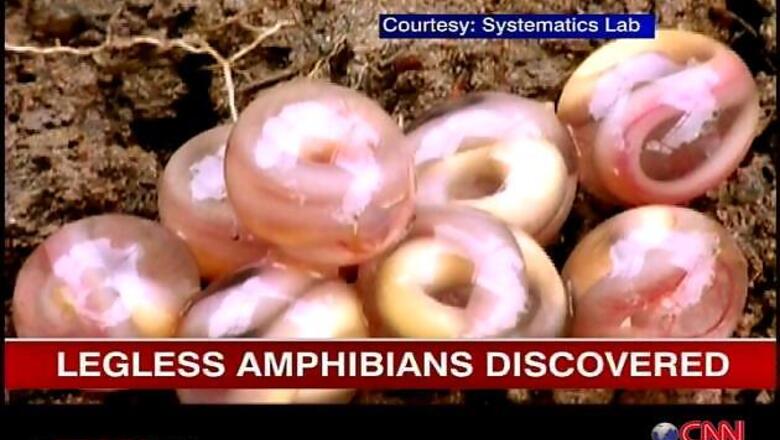
views
Thiruvananthapuram: Malayali scientist SD Biju, working at the University of Delhi, has done it again. This time around, he has discovered a whole family of legless amphibians from Northeast India, with ancient links to Africa, a research finding that has just been published in a journal no less than the Proceedings of the Royal Society of London.
SD Biju discovered the new family of legless amphibians called Ceacilians along with co-researchers from The Natural History Museum, London and Vrije University, Brussels. They have named this new family as Chikilidae and the new genus as Chikila. The scientific name Chikilidae comes from a Northeast Indian tribal name for these burrowing animals.
The remarkable discovery came after five years of study from 2006 to 2010.
"We undertook extensive soil digging surveys in about 250 localities in various parts of Northeast Indian states such as Assam, Arunachal Pradesh, Manipur, Meghalaya, Mizoram, Nagaland, Tripura, Sikkim and Darjeeling district of West Bengal," said SD Biju.
The discovery of a whole new family of animals, especially those with backbones, is a rare feat in science. What makes it more interesting is that the scientists, based on the evidence from DNA studies, have found that this newly discovered family of legless amphibians is closely related to the Herpelidae family seen in Africa. As the soil-dwelling Caecilians have limited capacity for dispersal across salt-water barriers, scientists tend to believe that an ancient relationship could have existed before the break-up of the Gondwana continents.
"This surprising ancient biogeographic links with Africa add to the growing evidence of how continental movements have influenced current distribution of fauna and flora," said Biju. "The present work underscores India's remarkable position as the country with the highest number of endemic amphibian families in the world," he said.
A group of dedicated burrowers, Chikilidae exhibit an intriguing and highly specialised reproductive behaviour. The mother builds underground nests for her eggs, guards her egg-clutch by coiling around them until the embryos hatch in about two to three months. The eggs undergo direct development - they feed on the yolk reserves and come out as miniature adults without an intervening free-swimming larval stage that is generally characteristic of amphibians.
Most of the world's 61 amphibian families were described in the mid-1800s. The majority of new discoveries come from remote tropical rainforests. "The new family that we have discovered is mostly from human-inhabited areas and it makes conservation more challenging," said Biju.
Biju's discovery adds a major branch to the amphibian tree of life and sheds light on both the evolution and biogeography of Caecilians and the biotic history of Northeast India.



















Comments
0 comment